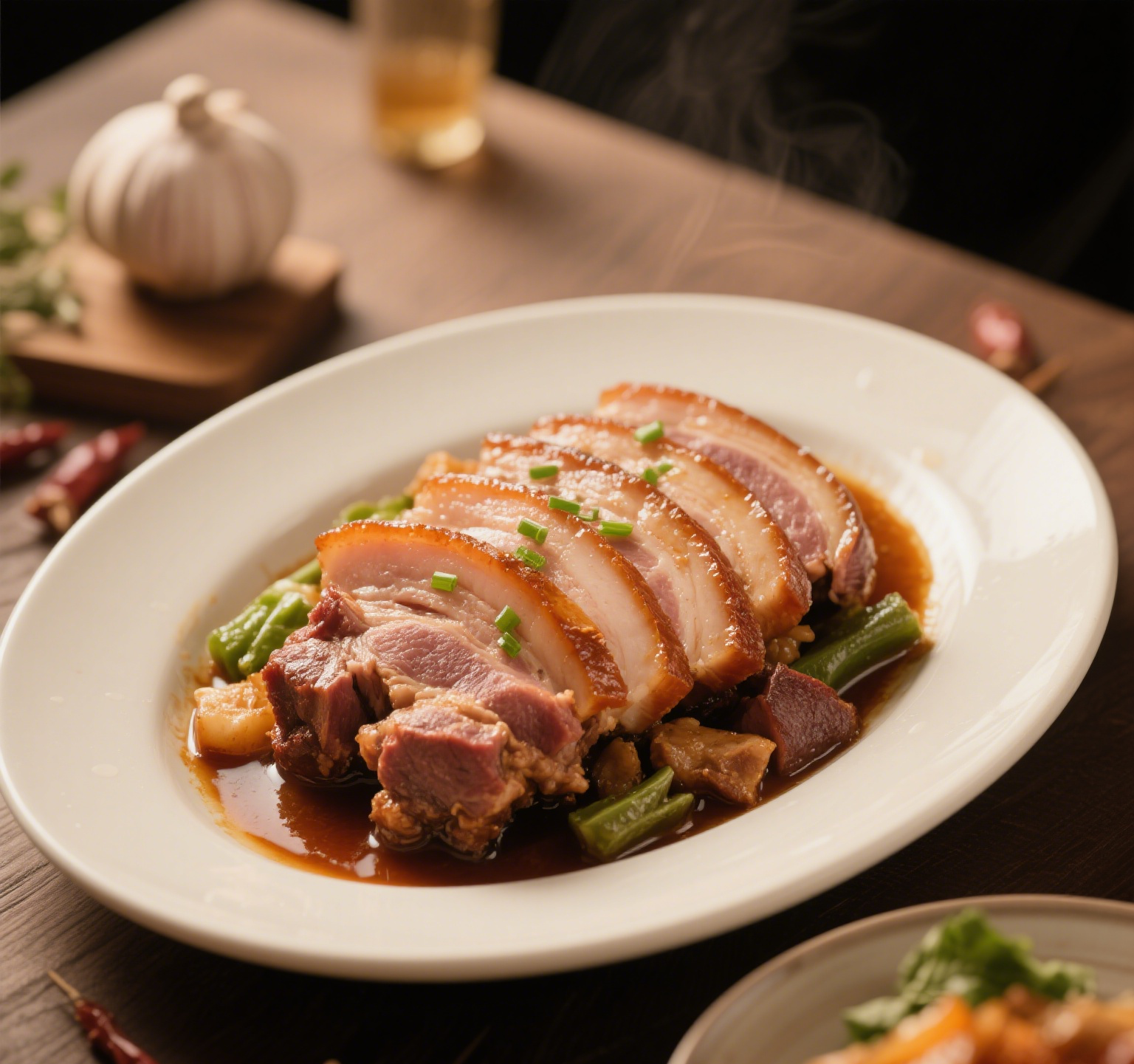Physical Address
304 North Cardinal St.
Dorchester Center, MA 02124
Physical Address
304 North Cardinal St.
Dorchester Center, MA 02124
Healthy pork, pork nutrition, is pork healthy, lean pork cuts, cooking pork safely, pork benefits, healthy pork recipes, pork protein, pork vitamins, pork vs chicken.
A Sizzling Deep Dive for Home Chefs
If you’ve ever side-eyed a juicy pork chop while wondering, “Am I eating a nutritional superhero or a Trojan horse of saturated fat?”—you’re not alone. Pork has long been the Hamlet of meats, caught in a tug-of-war between “deliciously versatile” and “nutritionally questionable.” Let’s slice through the noise (and the fat) to answer the burning question: Is pork healthy to eat? Spoiler: It’s complicated, but mostly delicious.

Let’s start with the basics. Pork is like that friend who shows up to a party with a six-pack and a veggie platter—it’s surprisingly balanced. A 3-ounce serving of cooked pork tenderloin (the leanest cut) packs:
But here’s where pork gets its “complicated” reputation: Not all cuts are created equal. While tenderloin is the overachiever of the pork family, ribs and bacon are… well, the fun cousins who never skip dessert. More on that later.
Pork is a complete protein, meaning it delivers all nine essential amino acids your body can’t make itself. Translation: It’s fantastic for repairing tissues, building muscle, and keeping you full longer than that sad desk salad.
Pork is loaded with zinc—a mineral that’s like a bouncer for your immune system. One serving provides 15-20% of your daily needs, helping you fight off germs like a culinary ninja.
Thanks to its B-vitamin squad (B6, B12, niacin), pork helps convert food into fuel. Think of it as your kitchen’s answer to a double espresso, minus the jitters.
Pork contains heme iron, the type your body absorbs more easily than plant-based iron. Perfect for home cooks juggling busy schedules (and possibly hiding veggies from picky eaters).
Before you crown pork the king of your meal plan, let’s talk caveats:
Fat content varies wildly. A pork tenderloin has less fat than chicken thigh, but a ribeye-style pork chop? It’s basically wearing a tiny butter cape. Opt for lean cuts to keep things heart-friendly.
Bacon, sausage, and ham are the rock stars of the pork world—but they’re also high in sodium, nitrates, and preservatives. Enjoy them like you would a Netflix binge: occasionally and without guilt.
Raw or undercooked pork can harbor parasites like Trichinella. But fear not! Cooking pork to an internal temperature of 145°F (63°C) followed by a 3-minute rest kills nasties dead. Use a meat thermometer—it’s cheaper than a doctor’s visit.
Pro tip: Look for “loin” in the name—it’s the secret handshake for lean pork.
Slice off visible fat before cooking. Your arteries will send you a thank-you note.
Mediterranean Pork Tenderloin
Rub lean tenderloin with olive oil, oregano, and lemon zest. Roast and serve with Greek salad.
Spicy Pork & Pineapple Skewers
Marinate diced pork loin in lime juice, chili powder, and a dash of honey. Grill with pineapple chunks.
Pork-Stuffed Bell Peppers
Mix ground pork (95% lean) with brown rice, tomatoes, and spinach. Bake until bubbly.
In the grand pork saga, moderation and mindfulness are key. Lean pork can absolutely be part of a healthy diet—it’s nutrient-dense, versatile, and (let’s be real) tastier than tofu. But like any good relationship, balance is everything. Pair smart cuts with veggie-heavy meals, limit processed pork to “treat yo’ self” moments, and always cook it safely.
So go ahead, fire up that skillet. Your pork tenderloin awaits—and it’s got a PhD in delicious nutrition.